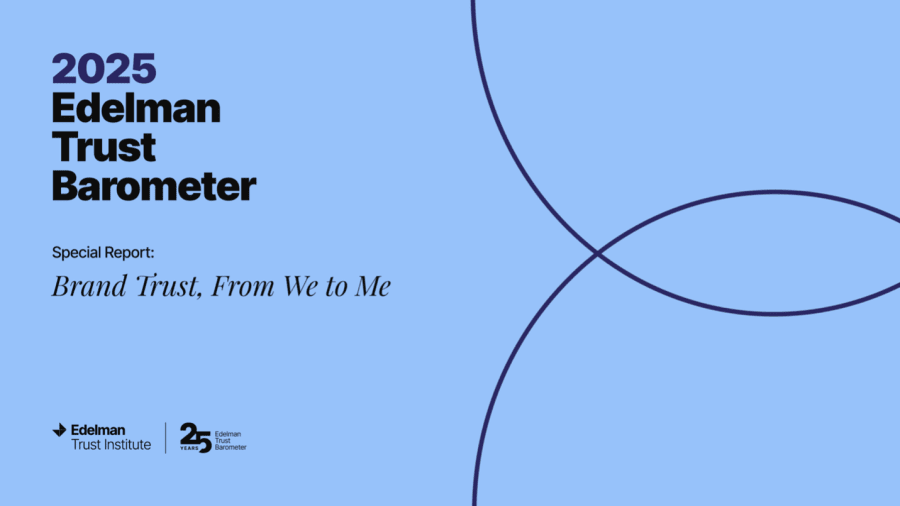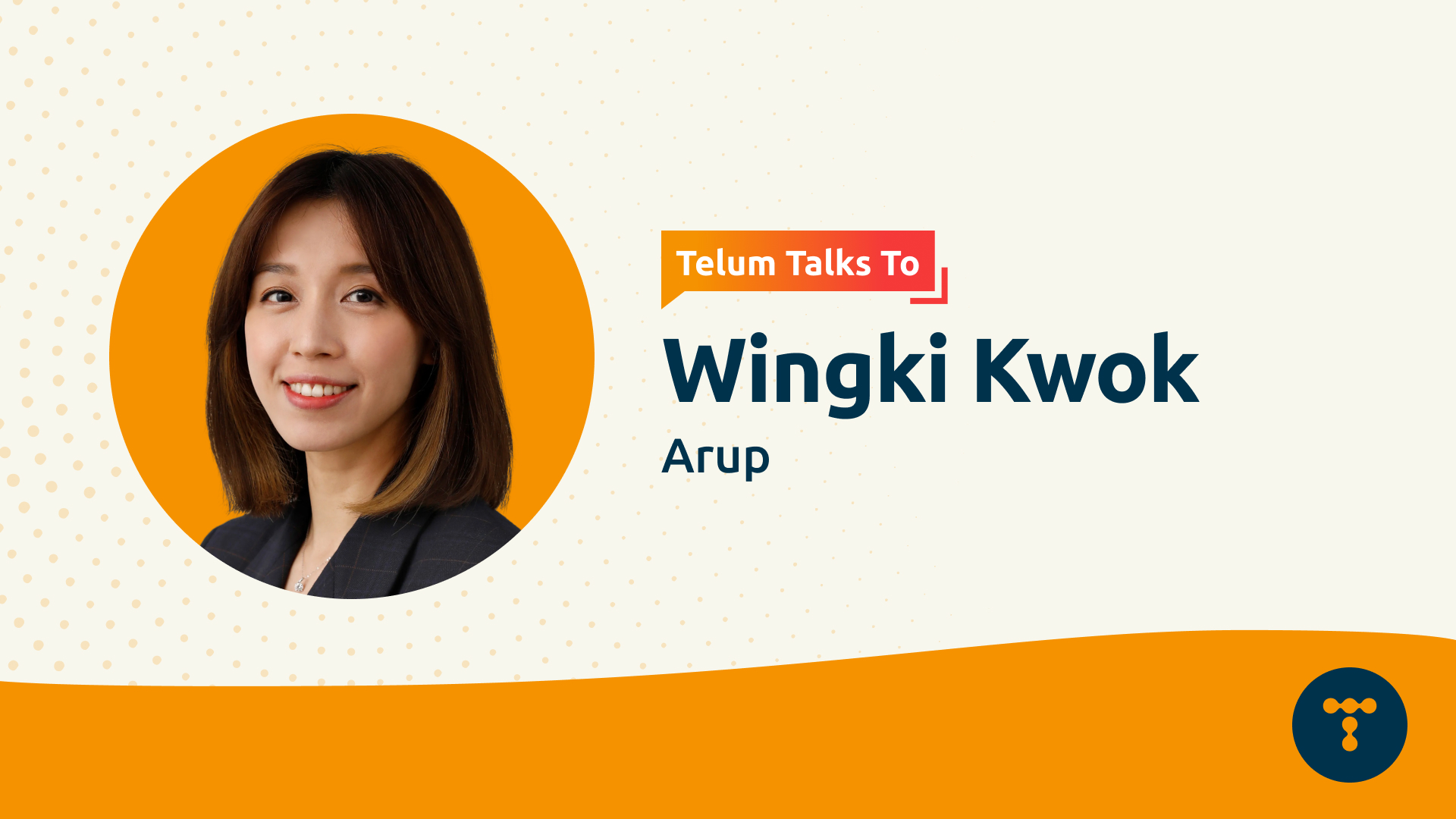Edelman has revealed the UAE edition of its 2025 Trust Barometer Special Report: Brand Trust - From We to Me. The report found that while trust in brands remains exceptionally high, consumers in the Emirates are raising the bar on what they expect from the companies they buy from.
Key findings:
The UAE is entering what Edelman calls a “Golden Era of Earned”, where trust and discovery are coming together through AI. As the UAE increases its national AI integration across sectors, authenticity and earned credibility have become critical to visibility and influence.
The research found that 70 per cent of consumers in the UAE use generative AI platforms. 95 per cent are already using it for shopping in some way, like researching brands, comparing products, or summarising reviews. An implication of this is how earned trust is fueling AI discovery, where the credibility of AI search has become as important as advertising.
“AI is rewriting the rules of influence,” said Deepanshi Tandon, Head of Brand, Edelman UAE. “In the UAE, where AI is embedded in the country’s vision for the future, brand trust will increasingly be decided not by what companies pay to say, but by what AI learns from what people say about them.”
What consumers want
The UAE's findings revealed that consumers increasingly value personal relevance for brand purpose, and not just societal impact.
Consumers in the UAE said it is very or extremely important for brands to make them feel good (73 per cent), give them optimism (70 per cent), help them do good (70 per cent), teach and educate them (67 per cent), and provide them with a sense of community (64 per cent).
“Brands in the UAE are in a strong position, but with that trust comes a clear expectation,” said Deepanshi. “People want brands that understand their needs, reflect their values, and show up authentically - not just through paid messaging, but across the full spectrum of communications: earned, owned, and experiential. Trust today is shaped by consistency and genuine connection.”
Key findings:
- In the UAE, brand trust is among the highest globally, with 87 per cent of consumers trusting the brands they use. Trust now ranks alongside value for money and quality as a top driver of purchase consideration.
- More than half (53 per cent) of respondents said that if a brand stays silent on societal issues, they will assume it is either doing nothing or hiding something.
- 72 per cent believed brands that authentically reflect today’s culture are more effective in building trust than brands that ignore culture.
The UAE is entering what Edelman calls a “Golden Era of Earned”, where trust and discovery are coming together through AI. As the UAE increases its national AI integration across sectors, authenticity and earned credibility have become critical to visibility and influence.
The research found that 70 per cent of consumers in the UAE use generative AI platforms. 95 per cent are already using it for shopping in some way, like researching brands, comparing products, or summarising reviews. An implication of this is how earned trust is fueling AI discovery, where the credibility of AI search has become as important as advertising.
“AI is rewriting the rules of influence,” said Deepanshi Tandon, Head of Brand, Edelman UAE. “In the UAE, where AI is embedded in the country’s vision for the future, brand trust will increasingly be decided not by what companies pay to say, but by what AI learns from what people say about them.”
What consumers want
The UAE's findings revealed that consumers increasingly value personal relevance for brand purpose, and not just societal impact.
Consumers in the UAE said it is very or extremely important for brands to make them feel good (73 per cent), give them optimism (70 per cent), help them do good (70 per cent), teach and educate them (67 per cent), and provide them with a sense of community (64 per cent).
“Brands in the UAE are in a strong position, but with that trust comes a clear expectation,” said Deepanshi. “People want brands that understand their needs, reflect their values, and show up authentically - not just through paid messaging, but across the full spectrum of communications: earned, owned, and experiential. Trust today is shaped by consistency and genuine connection.”


-1.jpg)
